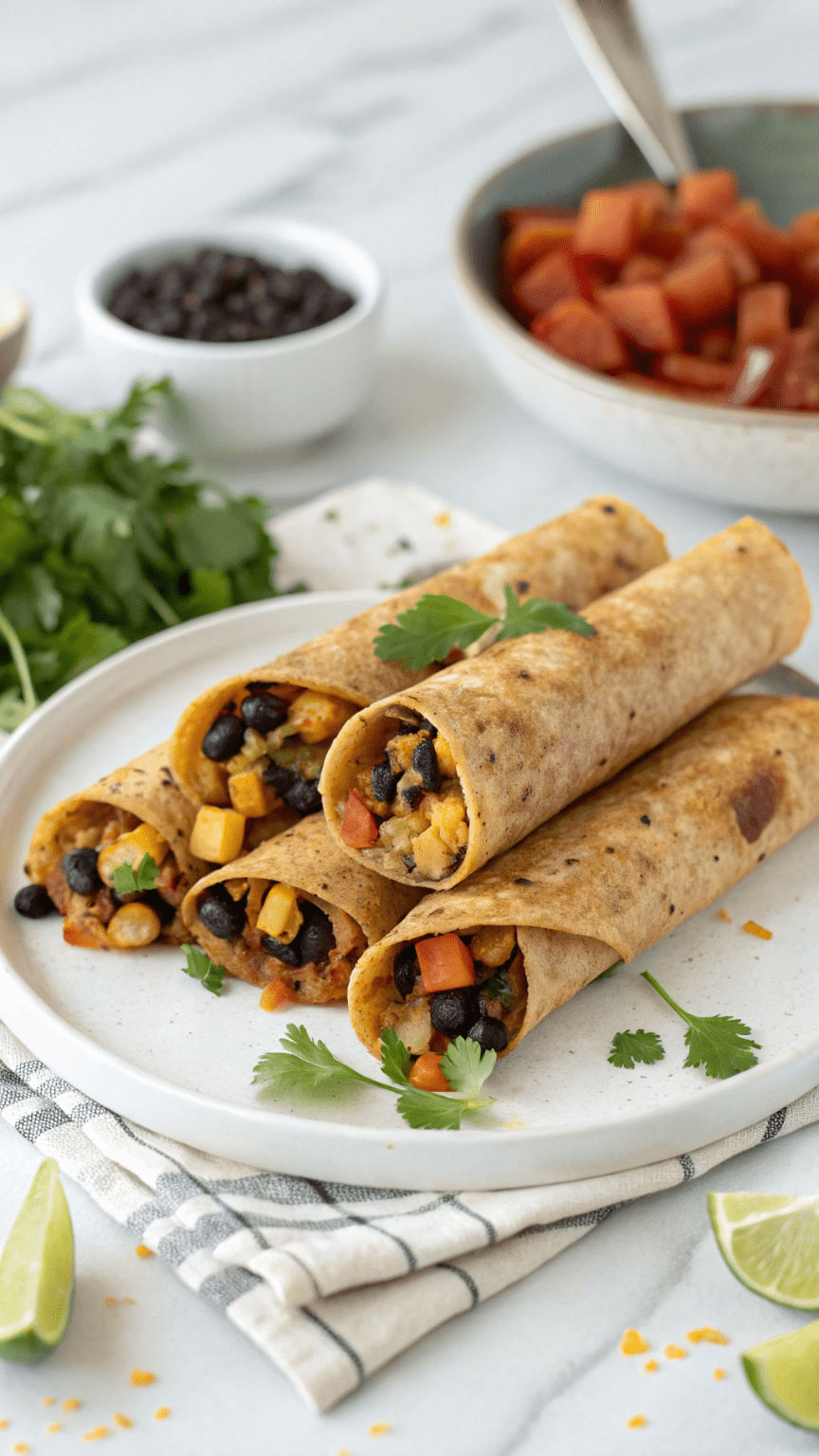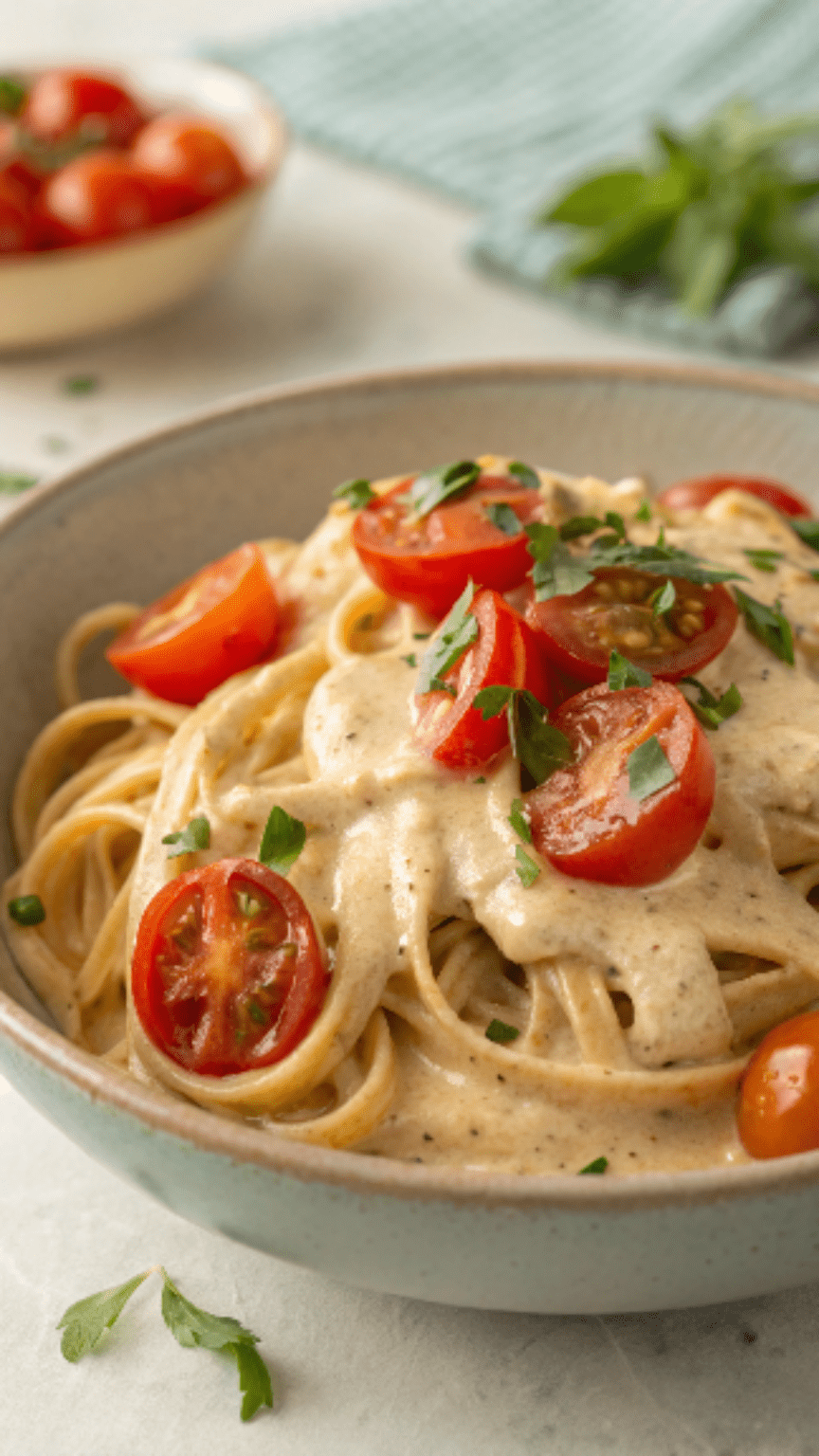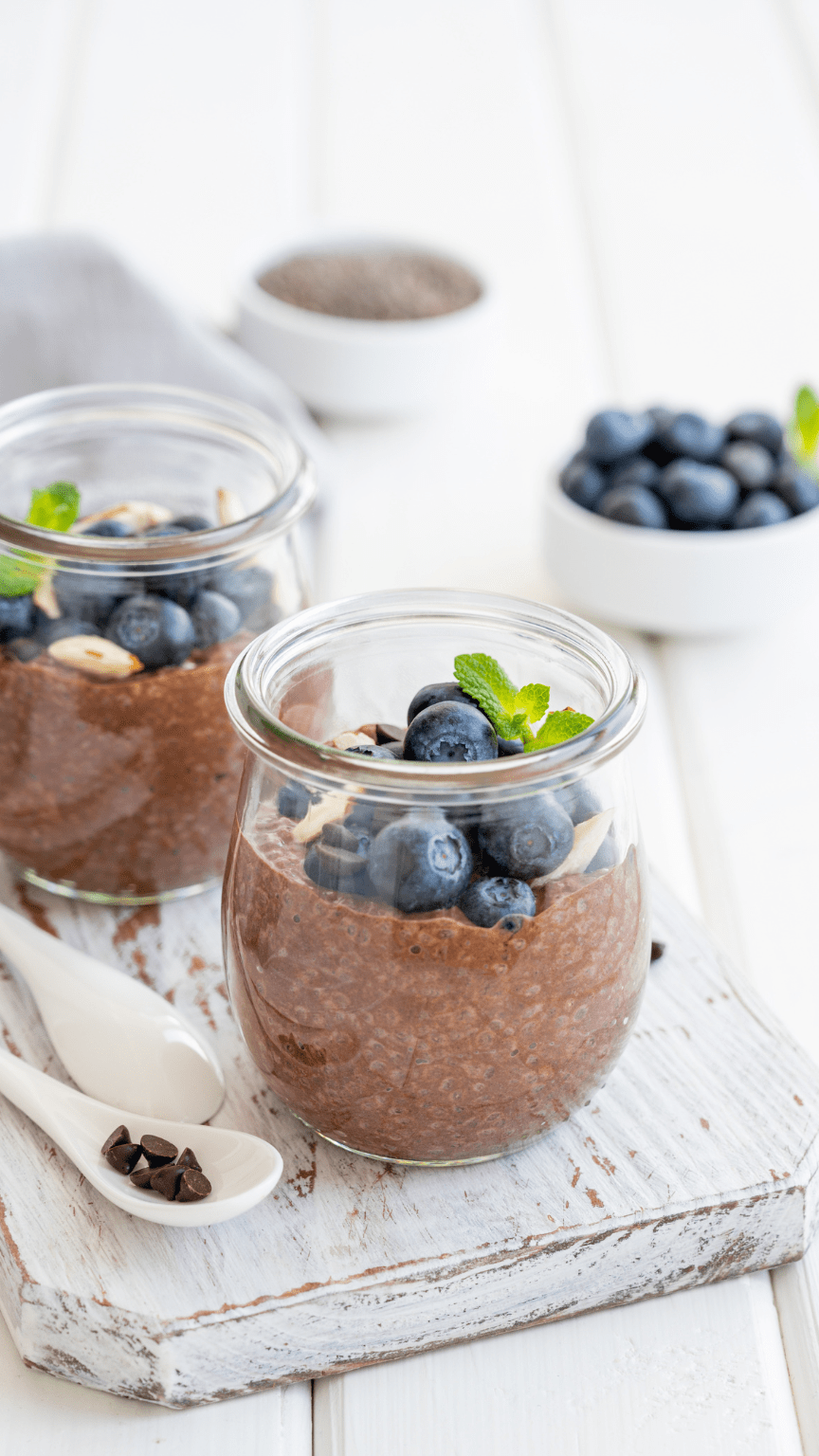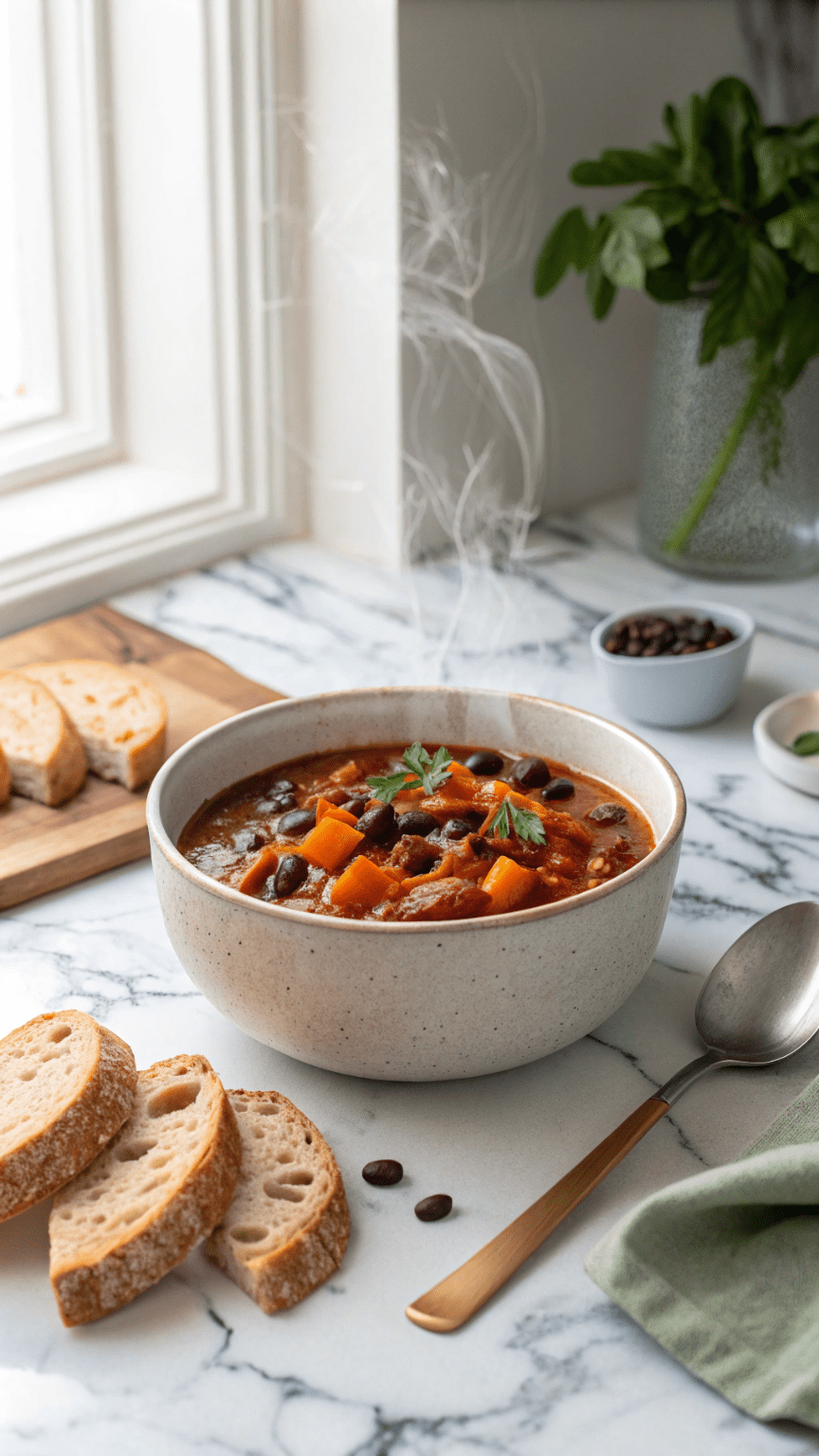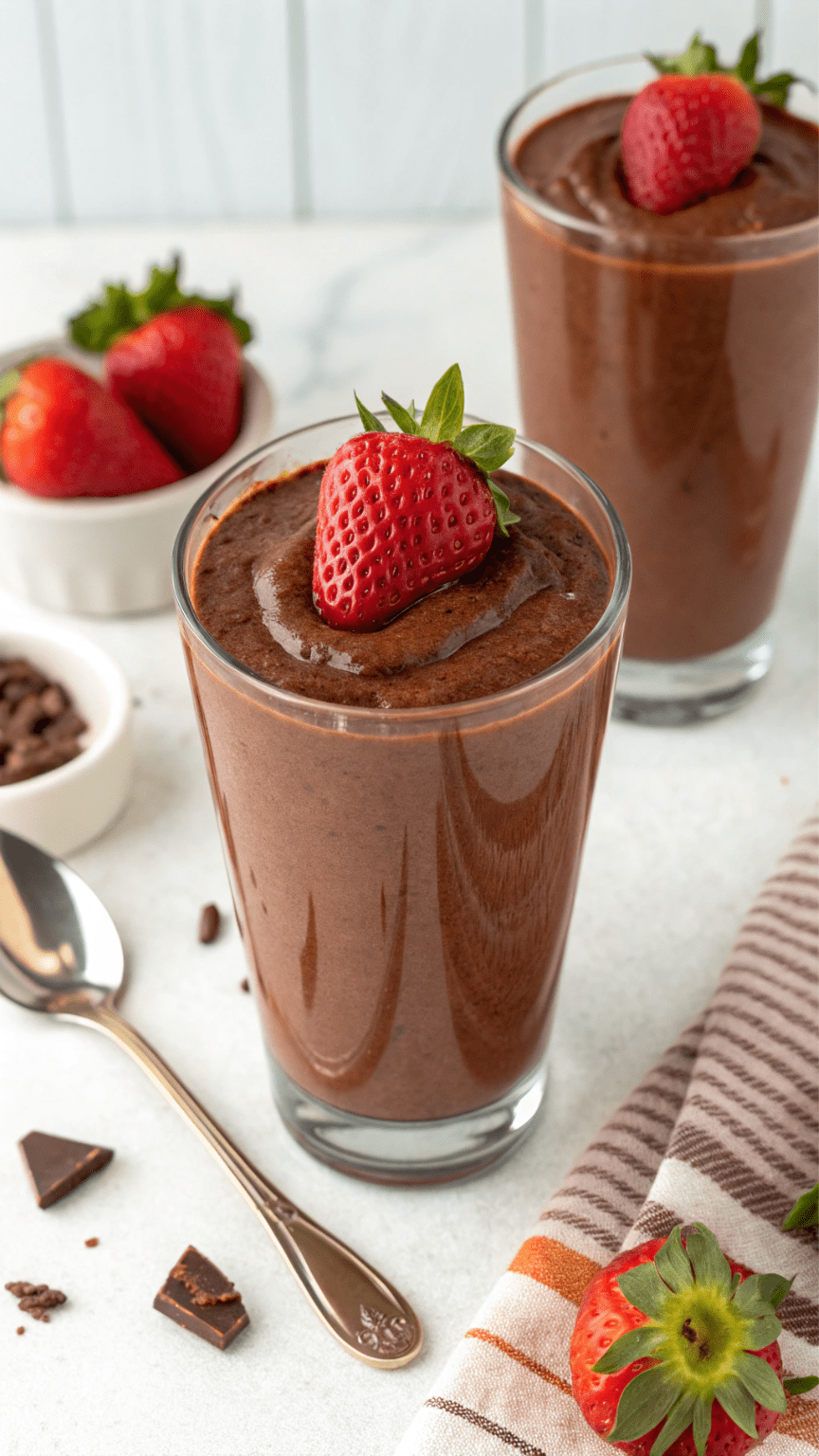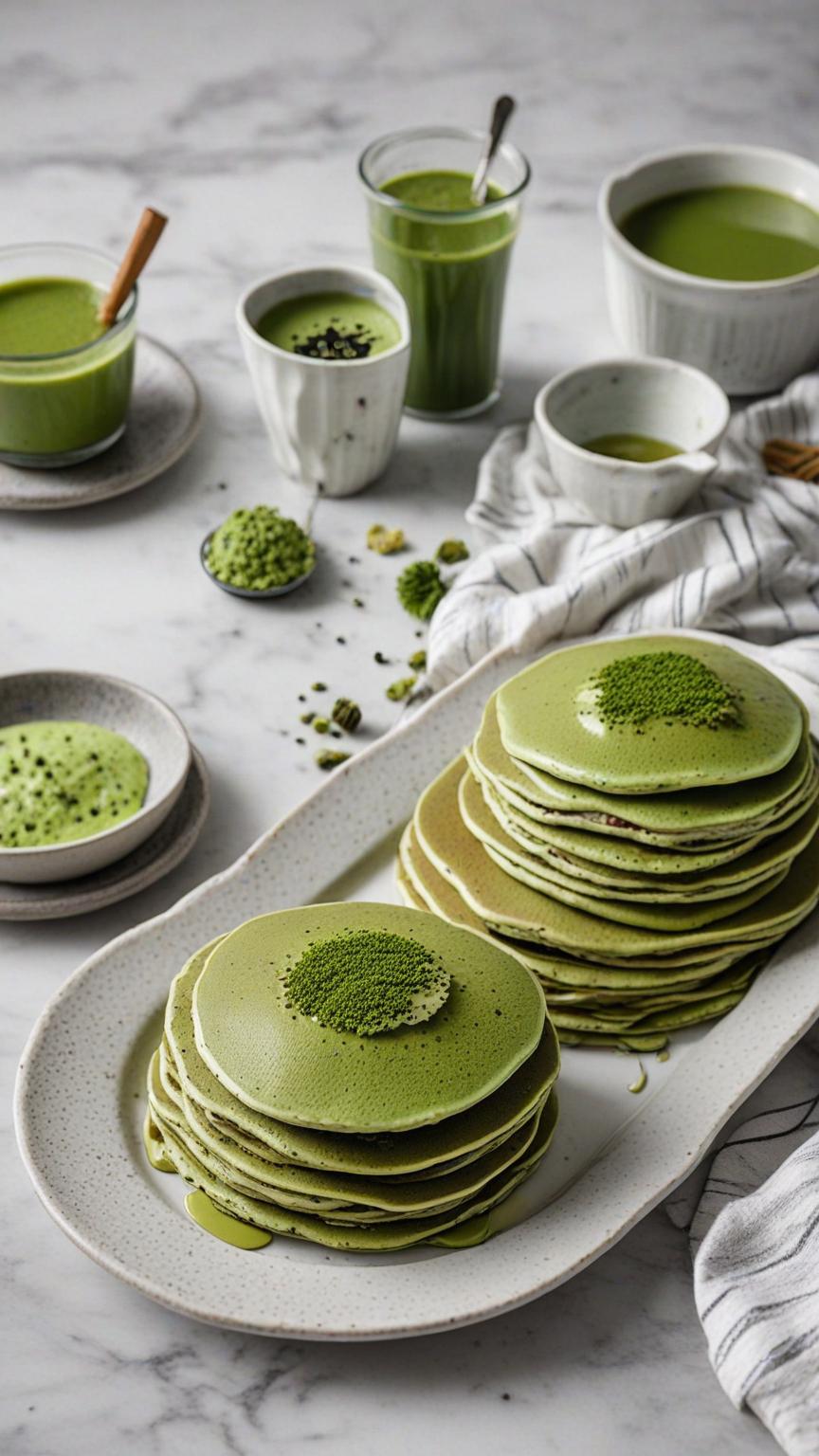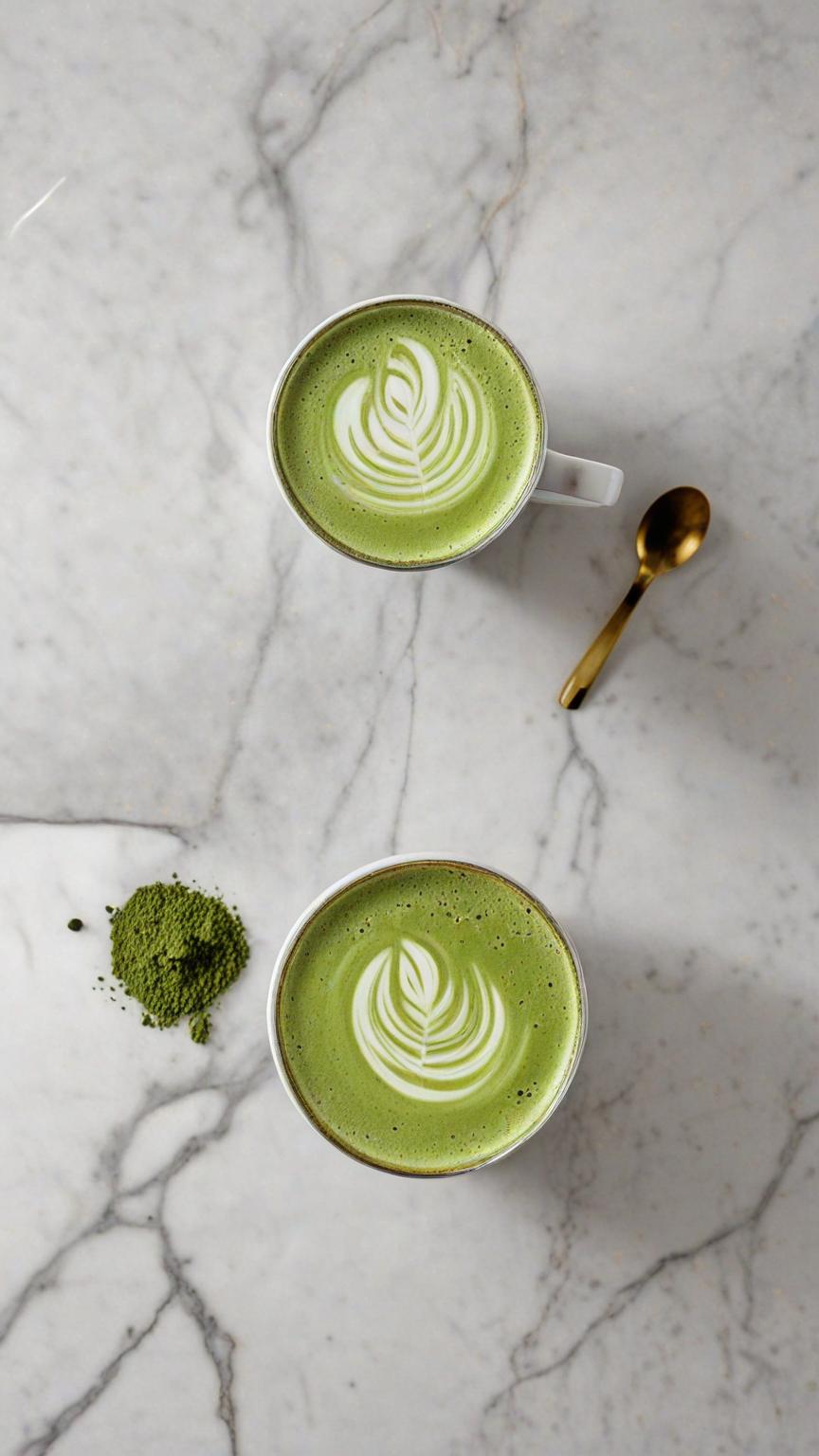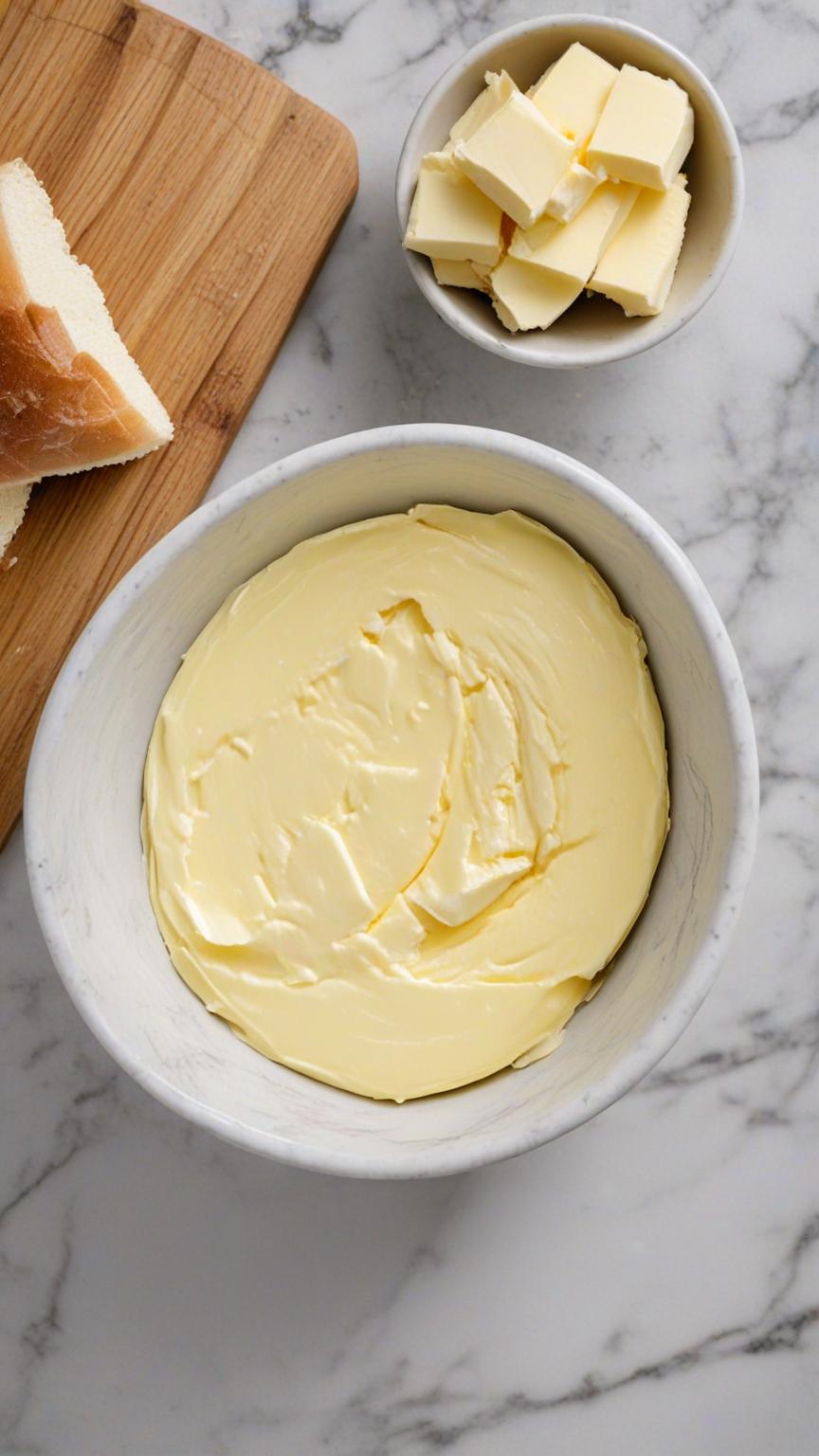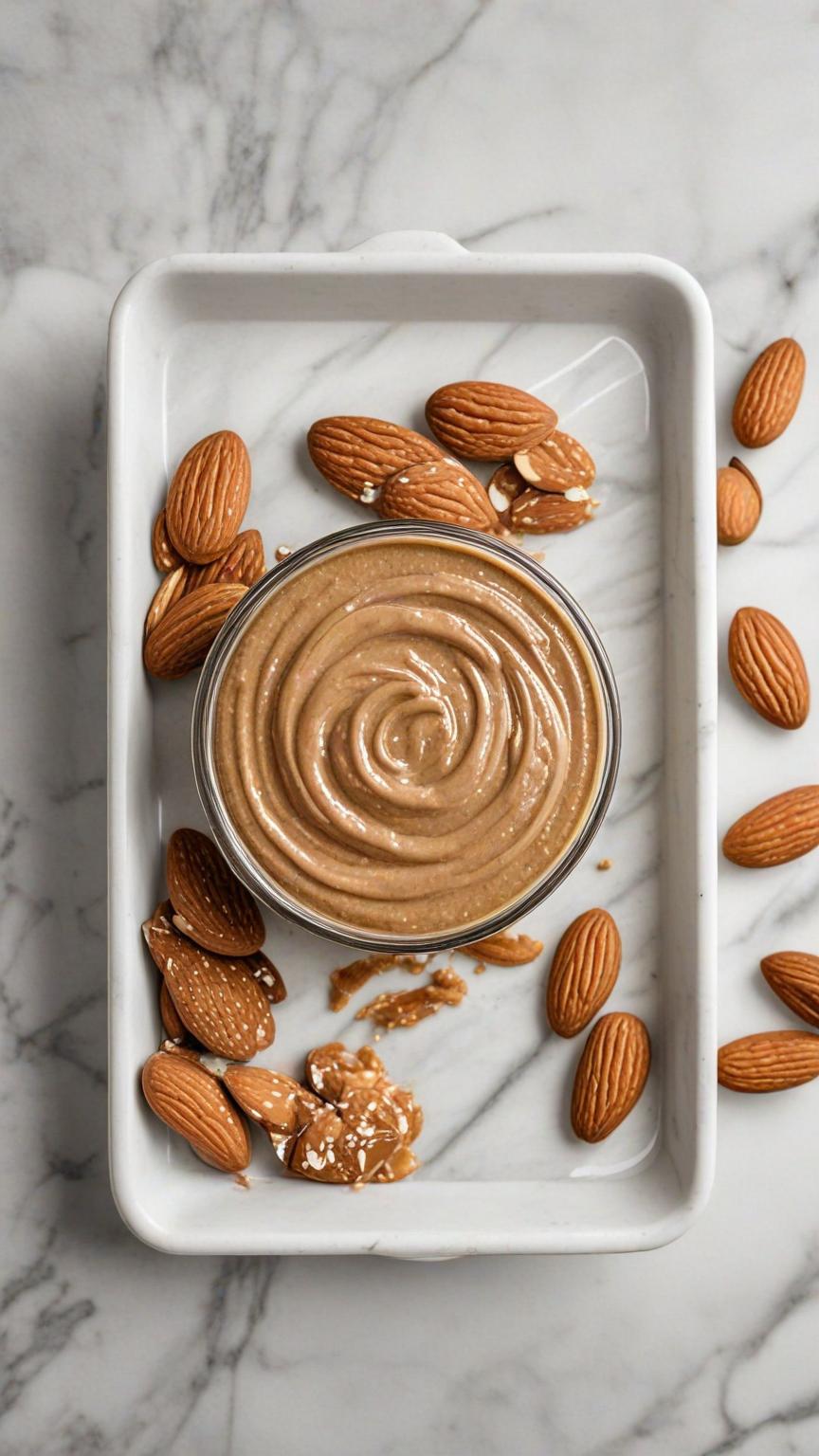Make these crispy vegan taquitos filled with flavorful black beans, sweet potatoes, and spices. Baked or air-fried for a healthier crunch, they’re perfect for a delicious plant-based meal or snack!
Vegan Pasta with Cashew Cream Sauce
This Vegan Creamy Cashew Pasta is rich, dairy-free, and packed with flavor! Made with a luscious cashew cream sauce, garlic, and nutritional yeast, it’s a delicious plant-based pasta dish perfect for a comforting yet healthy meal.
Chocolate Chia Seed Pudding
Indulge in this rich and creamy Chocolate Chia Seed Pudding – a vegan, weight-loss-friendly treat packed with fiber, protein, and healthy fats. Perfect for breakfast, a snack, or dessert!
Black Bean and Sweet Potato Chili Soup
This hearty Black Bean and Sweet Potato Soup is a flavorful, nutrient-packed dish perfect for a cozy meal. Rich in fiber and protein, this easy one-pot recipe is both satisfying and healthy—perfect for meal prep or a comforting dinner!
Vegan Chocolate Covered Strawberry Protein Shake
Indulge in a nutritious vegan chocolate covered strawberry protein shake. Our plant-based recipe blends frozen strawberries, cocoa, and vegan protein powder for a delicious post-workout treat that satisfies your sweet cravings while fueling your body.
Protein Matcha Pancakes
Protein Matcha pancakes Elevate your breakfast game with these Protein Matcha Pancakes! Bursting with the vibrant green hue of matcha and packed with protein, these pancakes are as nutritious as they are delicious. The blend of oat flour and vanilla protein powder ensures a satisfying and energizing meal, while the subtle matcha flavor adds a unique twist. Lightly sweetened with honey or maple syrup, and topped with fresh berries, banana slices, or a dollop of Greek yogurt, these pancakes make for a perfect start to your day or a post-workout treat. Enjoy the perfect balance of health and indulgence with every fluffy bite! How do I add more protein to this recipe without protein powder? GREEK YOGURT: Add to the Batter: Mix in 1/2 cup of Greek yogurt into the batter. Greek yogurt adds about 10 grams of protein and makes the pancakes extra moist. Serve with Greek Yogurt: Top the pancakes with a dollop of Greek yogurt to add extra protein to each serving. NUT BUTTER: Mix into the Batter: Stir in 2 tablespoons of almond or peanut butter to the batter. This adds approximately 8 grams of protein and a nutty flavor. Top with Nut Butter: Drizzle your favorite nut butter on top for added protein and flavor. PROTEIN RICHED FLOUR: Substitute Flour: Replace some of the oat flour with almond flour or chickpea flour. Both are higher in protein. For example, using 1/2 cup almond flour and 1/2 cup oat flour can increase the protein content. Psst! Matcha Lover? Enjoy the taste of matcha but need a high protein intake? No need to purchase different products! Get one that can do both–just add milk! Shop Now Shop Now Shop Now Shop Now Pin Print Protein Matcha Pancakes Recipe by Custom Curves Servings 4 servingsPrep time 10 minutesCooking time 10 minutesCalories 200 kcal Ingredients 1 cup oat flour (or whole wheat flour) 1 scoop vanilla protein powder 1 tsp baking powder 1/2 tsp baking soda 1/4 tsp salt 1 large 1 large egg 1 cup unsweetened almond milk (or any milk of choice) 1 tbsp honey or maple syrup 1 tsp vanilla extract Coconut oil or cooking spray (for cooking) Toppings Fresh berries (e.g., strawberries, blueberries, raspberries) Sliced banana Greek yogurt Chia seeds Nut butter (e.g., almond or peanut butter) Maple syrup or honey Directions Prepare the Dry Ingredients: In a large mixing bowl, combine the oat flour, vanilla protein powder, matcha powder, baking powder, baking soda, and salt. Mix well. Prepare the Wet Ingredients: In a separate bowl, whisk together the egg, almond milk, honey or maple syrup, and vanilla extract until well combined. Combine Wet and Dry Ingredients: Pour the wet ingredients into the dry ingredients. Stir until just combined, being careful not to overmix. The batter should be slightly thick; if it’s too thick, add a bit more milk until you reach the desired consistency. Preheat the Pan: Heat a non-stick skillet or griddle over medium heat. Lightly grease with coconut oil or cooking spray. Cook the Pancakes: Pour about 1/4 cup of batter onto the skillet for each pancake. Cook until bubbles form on the surface and the edges start to look set, about 2-3 minutes. Flip the pancakes and cook for an additional 1-2 minutes, or until golden brown and cooked through. Serve: Transfer the cooked pancakes to a plate and keep warm. Repeat with the remaining batter, adding more oil to the skillet as needed. Serve the pancakes warm with your favorite toppings such as fresh berries, sliced banana, Greek yogurt, chia seeds, nut butter, and a drizzle of maple syrup or honey. Protein matcha pancakes provide a delicious and nutritious twist on your traditional breakfast favorites. Combining the vibrant flavor of matcha with a protein-packed batter, these pancakes offer a satisfying and energy-boosting start to your day. Their thick, fluffy texture and subtle sweetness make them a delightful treat, while the added protein helps keep you full and supports muscle recovery. Whether enjoyed with fresh fruit, a dollop of Greek yogurt, or a drizzle of nut butter, these pancakes are as versatile as they are wholesome. Indulge in this healthy breakfast option and enjoy a perfect balance of flavor, texture, and nutrition with every bite. Share: Facebook Pinterest Email Shop Now Social Media Facebook-f Youtube Pinterest Instagram Tiktok Most Popular Get The Latest Updates Subscribe To Our Weekly Newsletter No spam, notifications only about new post, updates. Categories On Key Related Posts
Protein Matcha Milk Tea
Protein Matcha Milk Tea Matcha milk combines the goodness of matcha green tea with the creaminess of milk, offering a unique and delicious way to enjoy the health benefits of matcha. Matcha is rich in antioxidants, which can help protect cells from damage and reduce the risk of chronic diseases. By incorporating matcha into milk, you can boost your antioxidant intake while enjoying a creamy beverage. Matcha contains compounds like caffeine and L-theanine that have been shown to improve attention, memory, and reaction time. When combined with the nutrients in milk, matcha milk can provide a brain-boosting drink to start your day. Studies have suggested that green tea, similar to matcha, may help protect against heart disease. By adding matcha to milk, you can potentially support cardiovascular health while enjoying a tasty drink. Can I use any kind of non-dairy milk for this recipe? To make matcha milk tea, you can us any type of non-dairy milk. This includes almond milk, soy milk or even oat milk. How do I matcha milk tea sweeter? If you wish to sweeten the taste of your matcha milk, just add more sweetener, this includes agave or sugar. If your drink is cold, we recommend agave. If your drink is hot, either sugar or agave should get the job done. How do I enhance the taste of my matcha milk tea? If you want a bolder or “stronger” matcha milk tea, just simply add more matcha for a bolder taste or more vibrant look! Psst! Matcha Lover? Enjoy the taste of matcha but need a high protein intake? No need to purchase different products! Get one that can do both–just add milk! Shop Now Shop Now Shop Now Shop Now Pin Print Protein Matcha Milk Tea Recipe by Custom Curves Course: DrinksCuisine: Vegan Servings 1 servingsPrep time 5 minutesCooking time 0 minutesCalories 280 kcal Ingredients 1 tablespoon of matcha powder 1 scoop of protein powder 1 tablespoon of agave or sugar 1 cup milk of choice dairy or non-dairy Ice optional Directions Mix the sweetener and matcha tea and protein powder together (optional) Heat the milk Whisk the matcha mixture thoroughly into the hot or cold milk, until it is and frothy. This can be achieved with a bamboo whisk or a regular wire whisk. Serve immediately as a hot drink, or pour it over ice for iced matcha milk tea. Notes Need more protein? Add a few more scoops! This recipe can be adjusted to fit your protein/vitamin needs Drinking matcha milk combines the goodness of matcha green tea with the creaminess of milk, creating a delicious and nutritious beverage. Matcha milk provides a unique flavor profile that is both earthy and creamy, making it a popular choice for those looking to enjoy the benefits of matcha in a different form. In conclusion, drinking matcha milk can be a delightful way to reap the numerous health benefits associated with matcha while enjoying a creamy and flavorful beverage. Share: Facebook Pinterest Email Shop Now Social Media Facebook-f Youtube Pinterest Instagram Tiktok Most Popular Get The Latest Updates Subscribe To Our Weekly Newsletter No spam, notifications only about new post, updates. Categories On Key Related Posts
Vegan Coconut Caramel Macchiato
Vegan Coconut Caramel Macchiato Indulging in a delicious cup of coffee is a cherished ritual for many. With countless variations available, one particular concoction has captured the hearts of coffee enthusiasts worldwide – the coconut caramel macchiato. This delightful beverage combines the rich flavors of coconut, caramel, and espresso, resulting in a truly decadent treat. In this blog post, we will explore the origins, ingredients, preparation methods, and variations of the coconut caramel macchiato. Can I use any kind of non-dairy milk for this recipe? Yes you may! Additionally, non-dairy milk, such as almond milk, oat milk, or soy milk, is often used to add creaminess. How do I enhance the taste of this coffee? You can enhance the taste by adding more caramel syrup or a little agave or sugar, but just keep in mind as you enhance the recipe. You will be increasing the calories. Can I make variations of this coffee? While the classic coconut caramel macchiato is undeniably delicious, there are several variations you can explore to suit your taste preferences: 1. Iced Coconut Caramel Macchiato: Simply follow the same preparation steps but pour the mixture over ice instead of hot espresso for a refreshing twist. 2. Traditional Coconut Caramel Macchiato: Replace plant-based dairy products with regular alternatives such as 2 percent milk or whole milk to create a non-restricted version of this delightful beverage. 3. Salted Coconut Caramel Macchiato: Add a pinch of sea salt to your caramel sauce or sprinkle some on top of your macchiato for a delightful sweet-salty combination. Products from the Recipe Order products and have it shipped straight to your door step! Pin Print Coconut Caramel Macchiato Recipe by Custom Curves Course: DrinksCuisine: VeganDifficulty: Easy Servings 1 servingsPrep time 5 minutesCalories 50 kcal Ingredients 1 shot of espresso or 1/2 cup of brewed coffee 1/2 cup of unsweetened coconut milk 1 tablespoon of sugar-free caramel syrup Directions Combine coffee, coconut milk, and caramel syrup. Serve over ice. The coconut caramel macchiato is a truly indulgent coffee creation that combines the tropical flavors of coconut with the rich sweetness of caramel and the boldness of espresso. Whether you enjoy it hot or iced, this delightful beverage is sure to satisfy your cravings for a unique and decadent coffee experience. Share: Facebook Pinterest Email Social Media Facebook-f Youtube Pinterest Instagram Tiktok Most Popular Get The Latest Updates Subscribe To Our Weekly Newsletter No spam, notifications only about new post, updates. Categories On Key Related Posts
Homemade Oil Free Vegan Butter
Homemade Oil-Free Vegan Butter Recipe As the popularity of veganism continues to rise, so does the demand for plant-based alternatives to traditional dairy products. One such staple in many kitchens is butter, which adds richness and flavor to a wide range of dishes. Fortunately, creating a vegan version of this beloved ingredient is easier than you might think. In this blog post, we will guide you through a simple yet delicious recipe for vegan butter that can be made at home. Homemade oil-free vegan butter is a versatile and delicious alternative to traditional dairy butter. It is a oil- free plant-based spread that mimics the creamy texture and rich flavor of butter, making it an excellent choice for those following a vegan or dairy-free diet. This homemade version allows you to have full control over the ingredients, ensuring a healthier and more sustainable option. Can I use any kind of non-dairy milk for this recipe? To make homemade oil-free vegan butter, you will need a few simple ingredients that are easily accessible. Additionally, non-dairy milk, such as almond milk or soy milk, is often used to add creaminess. How do I enhance the taste of homemade oil-free vegan butter? One common ingredient in homemade oil free vegan butter is nutritional yeast. Nutritional yeast not only adds a subtle cheesy flavor but also provides essential nutrients like B vitamins. Other flavorings such as salt, apple cider vinegar, and lemon juice can be added to enhance the taste and mimic the tanginess of traditional butter. One of the advantages of homemade vegan butter is that it allows customization according to personal preferences. By experimenting with different oils and flavorings, individuals can create their own unique variations of vegan butter tailored to their taste buds. What can I use homemade oil-free vegan butter on?Homemade vegan butter can be used in various ways in cooking and baking. It can be spread on toast, used for sautéing vegetables, or incorporated into recipes that call for butter. It can also be used as a substitute for dairy butter in baking, providing moisture and richness to cakes, cookies, and pastries. In addition to being a suitable option for vegans and those with dairy allergies, homemade vegan butter also offers environmental benefits. The production of traditional dairy butter requires significant amounts of water, land, and resources. By opting for homemade oil-free vegan butter, individuals can contribute to reducing their carbon footprint and promoting sustainability. Products from the Recipe You dont have to cook if you dont feel like it. Order Vegan Butter and have it shipped straight to your door step! Pin Print Homemade Oil-Free Vegan Butter Recipe Recipe by Custom Curves Course: SidesDifficulty: Medium Servings 8 servingsPrep time 4 hours Cooking time 2 hours Calories 104 kcal Ingredients 1 cup raw cashews 1/4 cup unsweetened soy milk 2 tablespoons nutritional yeast 1 tablespoon apple cider vinegar 1 teaspoon salt (adjust to taste) 1/2 teaspoon turmeric powder (for color) 1/4 teaspoon garlic powder (optional) Directions Soak the cashews in water overnight or for at least 4 hours. This will help soften them and make them easier to blend. Drain the soaked cashews and rinse them thoroughly. In a high-speed blender or food processor, combine the soaked cashews, unsweetened soy milk, nutritional yeast, apple cider vinegar, salt, turmeric powder, and garlic powder (if using). Blend until smooth and creamy. 4. If the mixture is too thick, you can add a little more soy milk to achieve the desired consistency. Once blended, transfer the mixture into a small container or silicone mold. Place the container in the refrigerator and allow the mixture to set for at least 2 hours or until firm. Once firm, your homemade oil-free vegan butter is ready to use! You can spread it on toast, use it for baking, or melt it for cooking purposes. Notes Store your homemade oil-free vegan butter in an airtight container in the refrigerator for up to two weeks. You can also freeze it for longer storage. Serving size is 2 tbsp for this recipe It is important to note that while homemade oil-free vegan butter can be a healthier alternative to dairy butter, it should still be consumed in moderation. Like any other high-fat food, excessive consumption may lead to weight gain and other health issues. It is always recommended to consult with a healthcare professional or registered dietitian for personalized dietary advice. In conclusion, homemade vegan butter is a versatile and customizable plant-based spread that provides a delicious alternative to traditional dairy butter. With its creamy texture and rich flavor, it can be used in various cooking and baking applications. By making your own vegan butter at home, you have control over the ingredients and can contribute to a more sustainable food system. In conclusion, homemade vegan butter is a versatile and customizable plant-based spread that provides a delicious alternative to traditional dairy butter. With its creamy texture and rich flavor, it can be used in various cooking and baking applications. By making your own vegan butter at home, you have control over the ingredients and can contribute to a more sustainable food system. Share: Facebook Pinterest Email Social Media Facebook-f Youtube Pinterest Instagram Tiktok Most Popular Get The Latest Updates Subscribe To Our Weekly Newsletter No spam, notifications only about new post, updates. Categories beetroot sugar vs cane sugar 0 breakfast 0 can i take vitamin d and vitamin c together 0 classic 1 collagen 1 dessert 1 dinner 1 drinks 3 gluten-free 0 how can i gain weight quickly 0 lunch 2 non-dairy 5 nut-free 0 oil-free 2 pescatarian 3 protein 1 protein based 0 side 1 sugar-free 0 vegan 7 vegetarian 6 weight gain recipes 0 weight loss 1 weight loss by juicing 0 weight loss recipes 0 On Key Related Posts
Oil Free Almond Butter
Oil Free Almond Butter Almond butter is a delicious and nutritious spread that can be enjoyed on toast, in smoothies, or as a dip for fruits and vegetables. While traditional almond butter recipes often include added oils, it is possible to make a healthier version without any oil. In this recipe, we will guide you through the process of making oil-free almond butter at home. How do I enhance the taste of homemade oil-free almond butter? Homemade almond butter is a versatile and delicious ingredient that can be used in a variety of ways. Its creamy texture and nutty flavor make it a great addition to both sweet and savory dishes. Here are some ideas on how to use homemade almond butter: 1. Spread: One of the most common uses for almond butter is as a spread. You can use it as a healthier alternative to traditional spreads like peanut butter or Nutella. Spread it on toast, bagels, or crackers for a quick and nutritious snack. You can also add a drizzle of honey or sprinkle some cinnamon on top for extra flavor. 2. Smoothies: Almond butter can be a great addition to smoothies, adding creaminess and richness. Simply blend it with your favorite fruits, vegetables, and liquid base (such as almond milk or coconut water) for a nutritious and filling smoothie. It pairs well with ingredients like bananas, berries, spinach, and cocoa powder. 3. Baking: Almond butter can be used in various baked goods to add moisture and flavor. You can substitute it for other nut butters or even regular butter in recipes like cookies, brownies, muffins, and cakes. It works particularly well in recipes that call for nuts or have a nutty flavor profile. 4. Dips and Sauces: Homemade almond butter can be used as a base for dips and sauces. You can mix it with ingredients like yogurt, lemon juice, garlic, and herbs to create a creamy dip for vegetables or pita chips. It can also be thinned out with water or oil to make a flavorful sauce for noodles or stir-fries. 5. Salad Dressings: Almond butter can be incorporated into salad dressings to add richness and depth of flavor. Combine it with ingredients like olive oil, vinegar, mustard, honey, and herbs to create a creamy dressing that pairs well with salads containing fruits, vegetables, or grains. 6. Protein Bars and Energy Balls: Almond butter can be a key ingredient in homemade protein bars and energy balls. Its natural oils help bind the ingredients together, while its nutty flavor adds depth. Mix it with oats, dried fruits, nuts, seeds, and sweeteners like honey or maple syrup to create a nutritious and portable snack. 7. Stir-Fries: Almond butter can be used as a sauce or garnish for stir-fried dishes. Its creamy texture and nutty taste complement vegetables, tofu, chicken, or shrimp. You can mix it with soy sauce, ginger, garlic, and other seasonings to create a flavorful sauce that coats the ingredients. 8. Oatmeal: Add a spoonful of almond butter to your morning oatmeal for extra creaminess and flavor. It pairs well with toppings like sliced bananas, berries, nuts, seeds, or a drizzle of honey. 9. Ice Cream Topping: Drizzle homemade almond butter over your favorite ice cream flavors for a decadent treat. The combination of cold ice cream and warm almond butter creates a delightful contrast in textures and temperatures. 10. Homemade Granola: Incorporate almond butter into your homemade granola recipe for added richness and flavor. Mix it with oats, nuts, seeds, dried fruits, sweeteners like honey or maple syrup, and bake until golden brown for a crunchy and nutritious breakfast option. Products from the Recipe. You dont have to cook if you dont feel like it. Order Vegan Butter and have it shipped straight to your door step! Pin Print Oil Free Almond Butter Recipe by Custom Curves Course: SidesCuisine: VeganDifficulty: Easy Servings 8 servingsPrep time 20 minutesCooking time 10 minutesCalories 231 kcal Ingredients 2 cups raw almonds 1/4 teaspoon salt (optional) 1 tablespoon honey or maple syrup (optional) Directions Preheat your oven to 350°F (175°C). Spread the almonds evenly on a baking sheet and roast them for about 10 minutes until they become fragrant and slightly golden. This step helps to enhance the flavor of the almonds. Allow the roasted almonds to cool completely before proceeding to the next step. This will prevent them from turning into almond butter too quickly. Once cooled, transfer the almonds to a high-powered blender or food processor. You can also use a mortar and pestle if you prefer a chunkier texture. Blend or process the almonds on high speed for about 5 minutes, scraping down the sides occasionally. At first, the almonds will turn into a fine powder resembling almond flour. As you continue blending, the almonds will release their natural oils and start clumping together. Keep blending until you achieve a smooth and creamy consistency. This may take some time, so be patient. If desired, add salt and sweetener of your choice (honey or maple syrup) to enhance the flavor of your almond butter. Blend for an additional minute to incorporate these ingredients evenly. Once you have reached your desired consistency, transfer the oil-free almond butter to an airtight container and store it in the refrigerator for up to two weeks. Notes It’s important to use raw almonds for this recipe, as roasted almonds may already contain added oils. If you prefer a crunchy almond butter, you can reserve a small portion of the roasted almonds and chop them finely. Stir them into the creamy almond butter once it’s ready. Feel free to adjust the sweetness and saltiness according to your taste preferences. Oil-free almond butter is a type of almond butter that is made without the addition of any oils. Almond butter is typically made by grinding almonds into a smooth and creamy paste, similar to peanut butter. While some commercial brands of almond butter may contain added oils, such as vegetable oil or palm oil, oil-free almond butter is made solely from almonds. Oil-free almond

